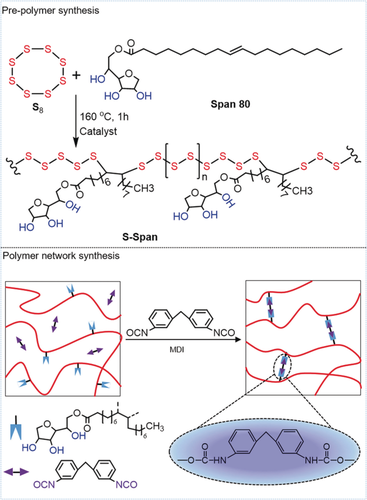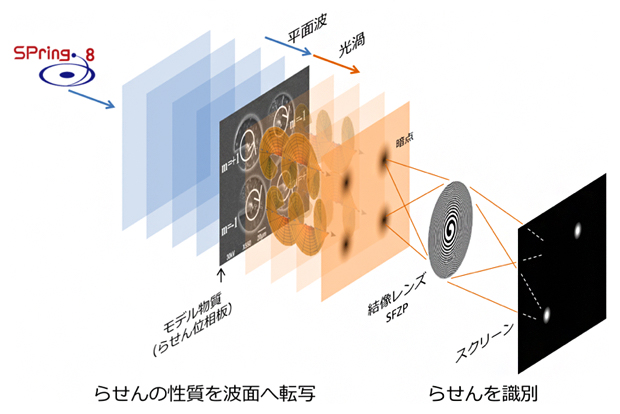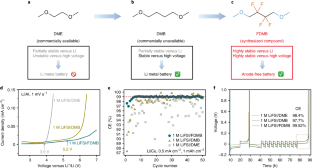(Exciting new developments for polymers made from waste sulfur)
2020/6/22 英国・リバプール大学

・ リバプール大学が、硫黄を原料としたポリマー開発における技術的進展を報告。2019 年に同大学が発表した、硫黄からポリマーを作製する革新的な触媒プロセスをベースとしている。
・ 環境への影響を考慮したプラスチック製造における化石燃料の代替として、産業プロセスの廃棄物である硫黄の利用への関心が高まっている。供給量が豊富な硫黄を使用し、リサイクルがより容易なポリマー開発の可能性が期待できる。
・ 今回の研究では、ウレタン結合を追加することで硫黄ポリマーの強度を最高で 135 倍向上させ、アプリケーションを制限していた欠陥に対処。結合量の調整で硫黄ポリマーの物理的特性が制御できる。
・ また、このように強化された硫黄ポリマーでは、少々の加熱で元の形状を復元する、複数回の形状記憶効果を確認。さらに、同ポリマーの硫黄結合がリサイクルをより容易にし、ソフトロボティクス、医療や自己修復オブジェクトでの利用の可能性を提供する。
・ また、オーストラリア・フリンダース大学との同ポリマーの共同研究では、表面の壊れた結合の回復を助けるアミン触媒の使用により、元の強度へと容易に数分内で自己修復する、ゴムのような物質の形成が可能なことを発見。低エネルギー消費でフレキシブル、修復可能でサステナブルなオブジェクトを作製する、硫黄ポリマーの実用的なアプリケーションが見込める。
・ フリンダース大学との共同研究は、王立協会およびオーストラリア研究会議(ARC)が支援した。
URL: https://news.liverpool.ac.uk/2020/06/22/exciting-new-developments-for-polymers-madefrom-waste-sulfur/
<NEDO海外技術情報より>
(関連情報)
Angewandte Chemie 掲載論文(フルテキスト)
Inverse Vulcanized Polymers with Shape Memory, Enhanced Mechanical Properties, and Vitrimer
Behavior
URL: https://onlinelibrary.wiley.com/doi/full/10.1002/anie.202004311
Chemical Science 掲載論文(フルテキスト)
Chemically induced repair, adhesion, and recycling of polymers made by inverse vulcanization
URL: https://pubs.rsc.org/en/content/articlelanding/2020/sc/d0sc00855a#!divAbstract
Abstract
The invention of inverse vulcanization provides great opportunities for generating functional polymers directly from elemental sulfur, an industrial by‐product. However, unsatisfactory mechanical properties have limited the scope for wider applications of these exciting materials. Here, we report an effective synthesis method that significantly improves mechanical properties of sulfur‐polymers and allows control of performance. A linear pre‐polymer containing hydroxyl functional group was produced, which could be stored at room temperature for long periods of time. This pre‐polymer was then further crosslinked by difunctional isocyanate secondary crosslinker. By adjusting the molar ratio of crosslinking functional groups, the tensile strength was controlled, ranging from 0.14±0.01 MPa to 20.17±2.18 MPa, and strain was varied from 11.85±0.88 % to 51.20±5.75 %. Control of hardness, flexibility, solubility and function of the material were also demonstrated. We were able to produce materials with suitable combination of flexibility and strength, with excellent shape memory function. Combined with the unique dynamic property of S−S bonds, these polymer networks have an attractive, vitrimer‐like ability for being reshaped and recycled, despite their crosslinked structures. This new synthesis method could open the door for wider applications of sustainable sulfur‐polymers.



